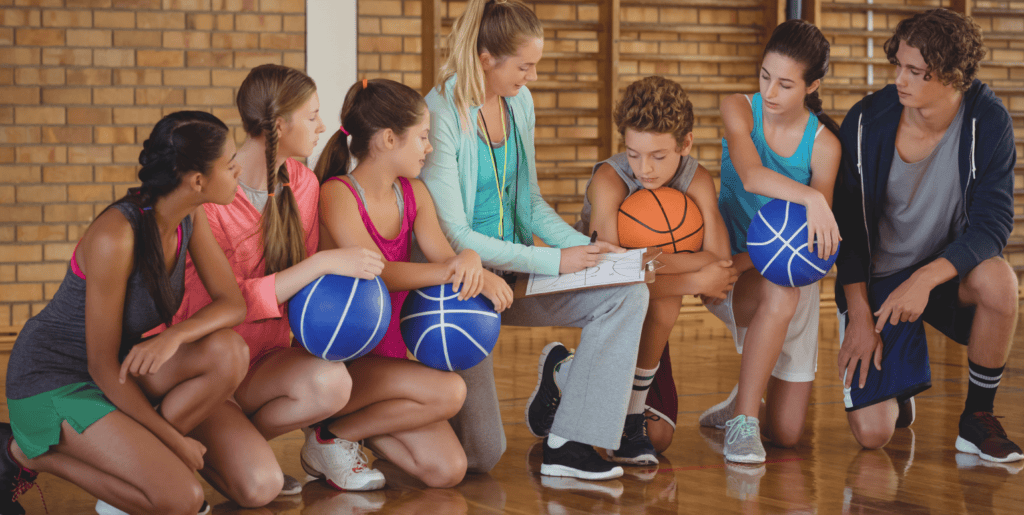PCA Resource zone
Best Practices for Running Player Tryouts: Youth Sports Organization

Many youth sports organizations hold tryouts to help determine which players join which team. With some variations based on local traditions, league rules, and how many players are available to assign to teams, here are guidelines for conducting tryouts.
1. Consider the best way to refer to “tryouts.” Recognize that especially at younger ages, players may be nervous. Even the word “tryout” has overtones that may strike fear in the heart of a young athlete. Some leagues instead conduct a “skills assessment.” After all, if every player will be able to join one team or another, and nobody will be cut, why not ease fears?
2. Introduce the tryout procedures to all players and parents assembled at once. While introducing the tryout procedure, it will help put everyone’s mind at ease to know that league management is organized and has put forethought into the tryout process. Having everyone hear the same message reduces potential concerns of favoritism or other issues that can creep into the eventual player draft or other method of assigning players to teams.
3. Treat all players equally, regardless of if you know them already or not. Give the players nametags and refer to all players by that name. You may also assign each player numbers during the tryouts. If you do so, make sure to refer to all players by their numbers – even if you know their name already.
4. Make the tryout procedure as simple as possible. While players and parents are still assembled, point to various stations where players’ skills will be assessed. Each station should be clearly labeled with numbered signs or color coding. So, the assembly leader might say: “If you are in the A group, start at station A. Coach John will demonstrate the skill we want to see, and when all of Group A is finished, Coach John will direct you to station B.”
5. Clearly explain the process that occurs at each station. Again, doing all you can to relax players, explain exactly what you want them to do. Give specific instruction in fundamentals of the skill you want to see demonstrated, and then explain how you want them to get back in line or move off to the side after completing their turn. It helps to run a demonstration using players of about the same age (maybe one year older) who already are familiar with how that station runs.
6. Reassemble to explain what’s next. When all players have completed all stations, reassemble players and parents, thank them again for participating, congratulate the players on their efforts, and let them all know what to expect next.